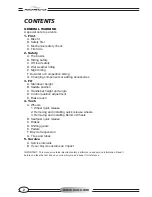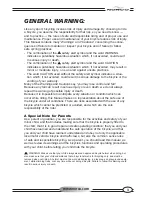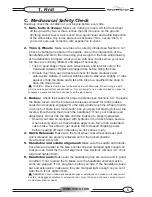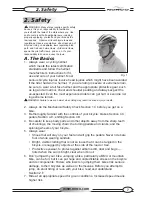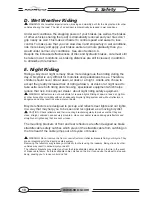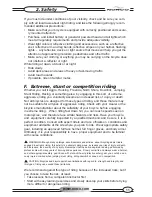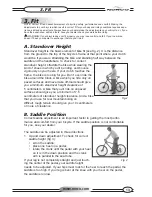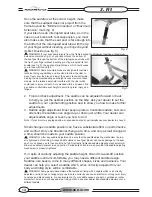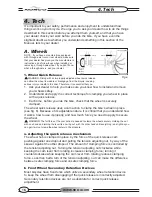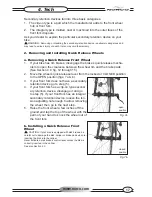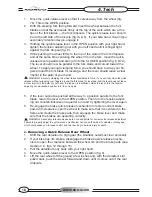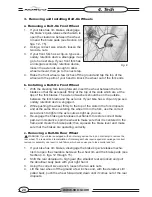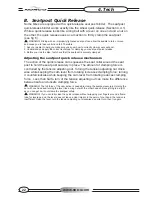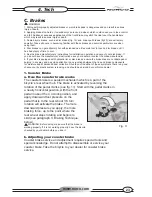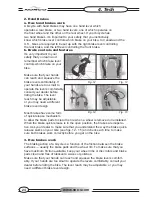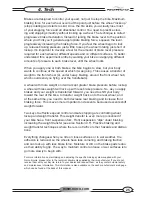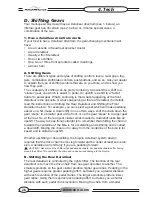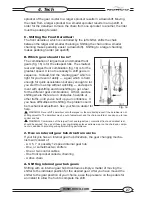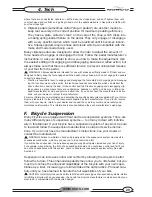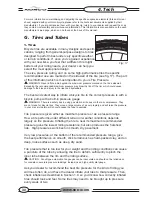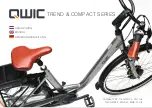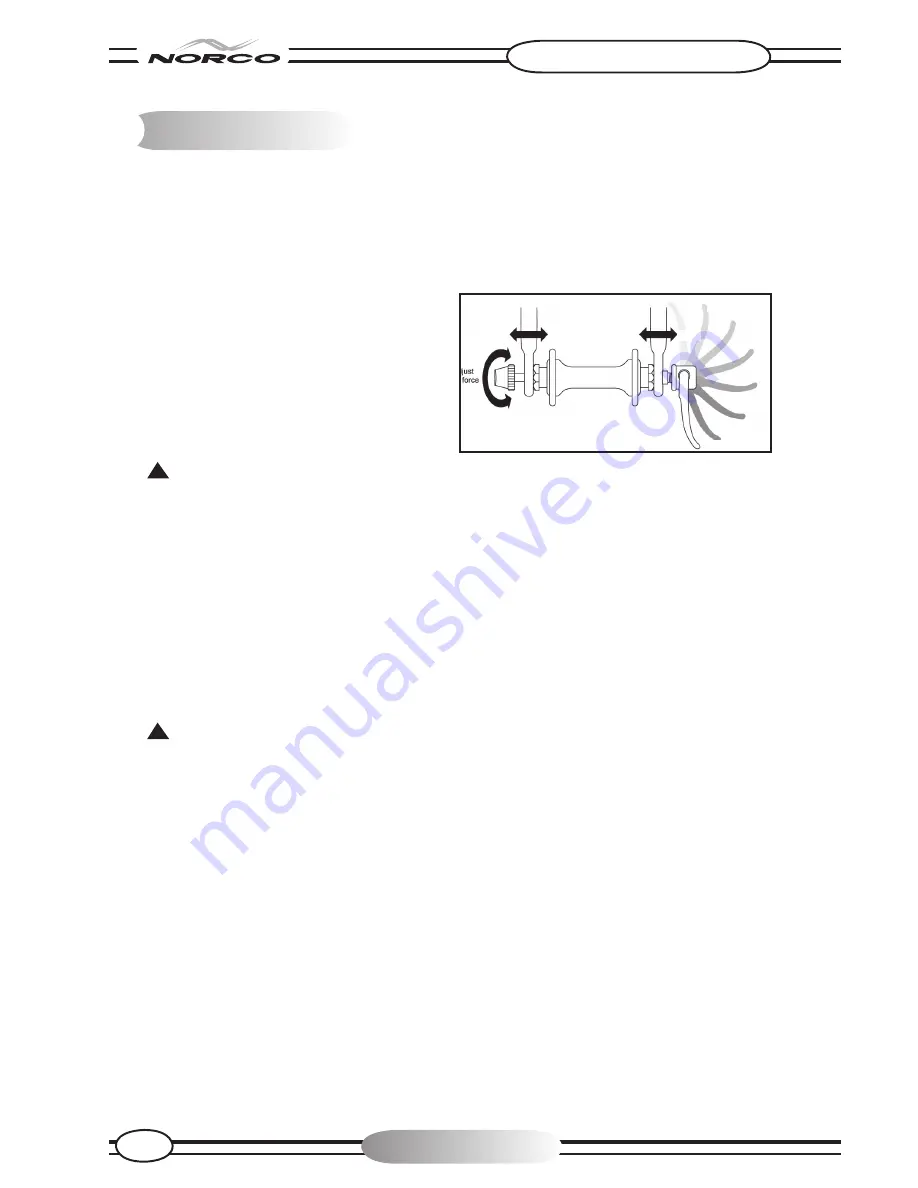
www.norco.com
16
4. Tech
It’s important to your safety, performance and enjoyment to understand how
things work on your bicycle. We urge you to ask your dealer how to do the things
described in this section before you attempt them yourself, and that you have
your dealer check your work before you ride the bike. If you have even the
slightest doubt as to whether you understand something in this section of the
Manual, talk to your dealer.
A. Wheels
NOTE : If you have a mountain bike equipped
with through-axle front or rear wheels, make sure
that your dealer has given you the manufacturer’s
instructions, and follow those when installing or
removing a through-axle wheel. If you don’t know
what a through-axle is, ask your dealer.
1. Wheel Quick Release
WARNING: Riding with an improperly adjusted wheel quick release
can allow the wheel to wobble or disengage from the bicycle, causing
serious injury or death to the rider. Therefore, it is essential that you:
1. Ask your dealer to help you make sure you know how to install and remove
your wheels safely.
2. Understand and apply the correct technique for clamping your wheel in place
with a quick release.
3. Each time, before you ride the bike, check that the wheel is securely
clamped.
The wheel quick release uses a cam action to clamp the bike’s wheel in place
(see fig. 6). Because of its adjustable nature, it is critical that you understand how
it works, how to use it properly, and how much force you need to apply to secure
the wheel.
WARNING: The full force of the cam action is needed to clamp the wheel securely. Holding the nut
with one hand and turning the lever like a wing nut with the other hand until everything is as tight as you
can get it will not clamp the wheel safely in the dropouts.
a. Adjusting the quick release mechanism
The wheel hub is clamped in place by the force of the quick release cam
pushing against one dropout and pulling the tension adjusting nut, by way of the
skewer, against the other dropout. The amount of clamping force is controlled by
the tension adjusting nut. Turning the tension adjusting nut clockwise while
keeping the cam lever from rotating increases clamping force; turning it
counterclockwise while keeping the cam lever from rotating reduces clamping
force. Less than half a turn of the tension adjusting nut can make the difference
between safe clamping force and unsafe clamping force.
b
.
Front Wheel Secondary Retention Devices
Most bicycles have front forks which utilize a secondary wheel retention device
to keep the wheel from disengaging if the quick release is incorrectly adjusted.
Secondary retention devices are not a substitute for correct quick release
adjustment.
Fig 6
open
closed
closed
open
turn to
adjust
clamping
force
closed position
open position
4. Tech
Summary of Contents for multi-speed bicycles
Page 1: ...for multi speed bicycles 7th Edition www norco com ...
Page 2: ......

